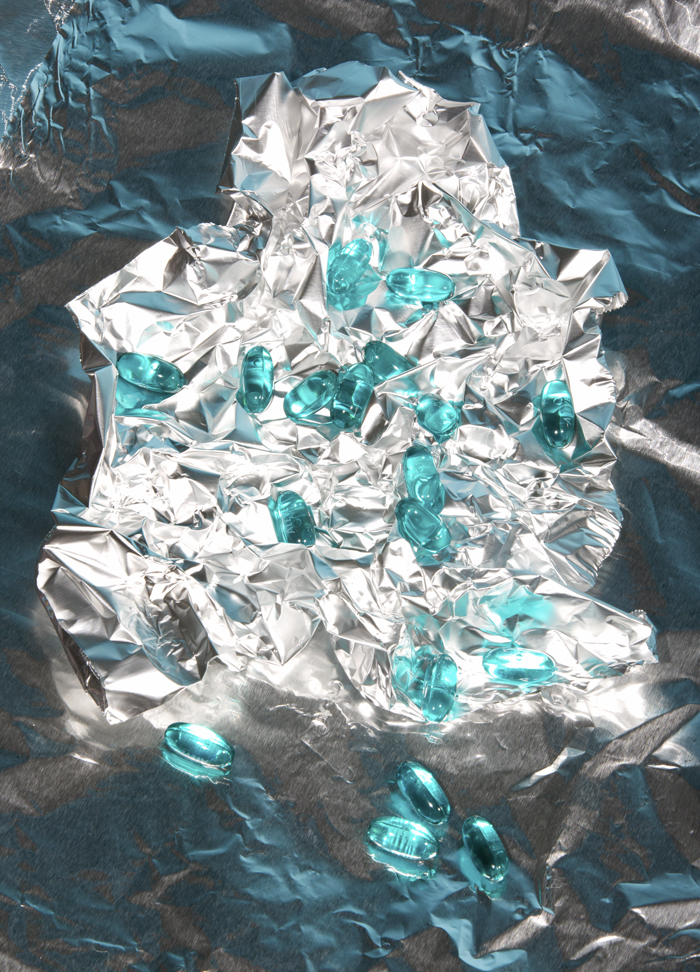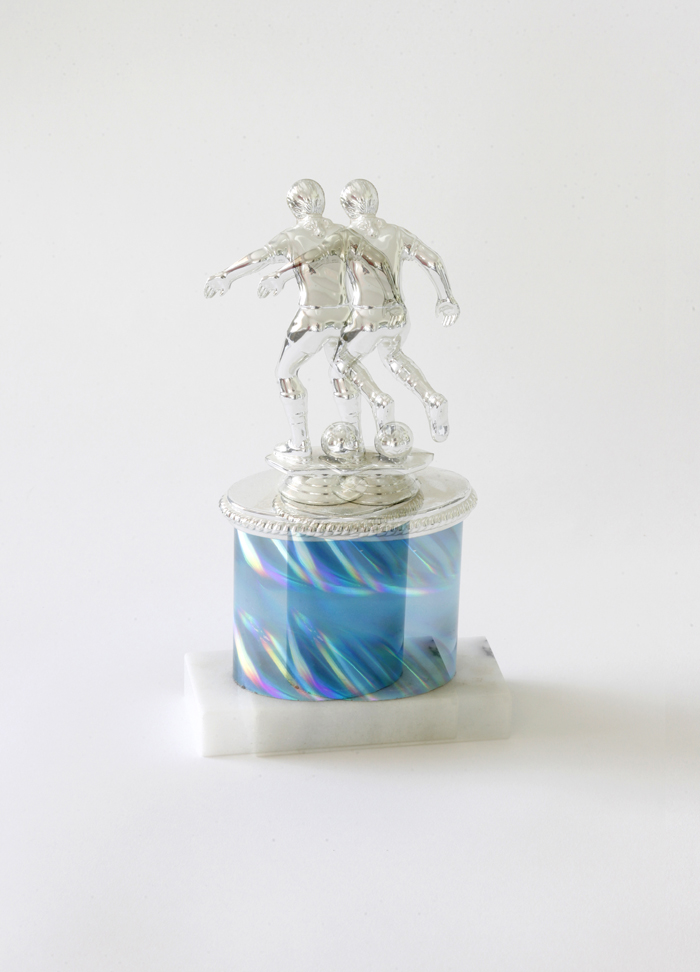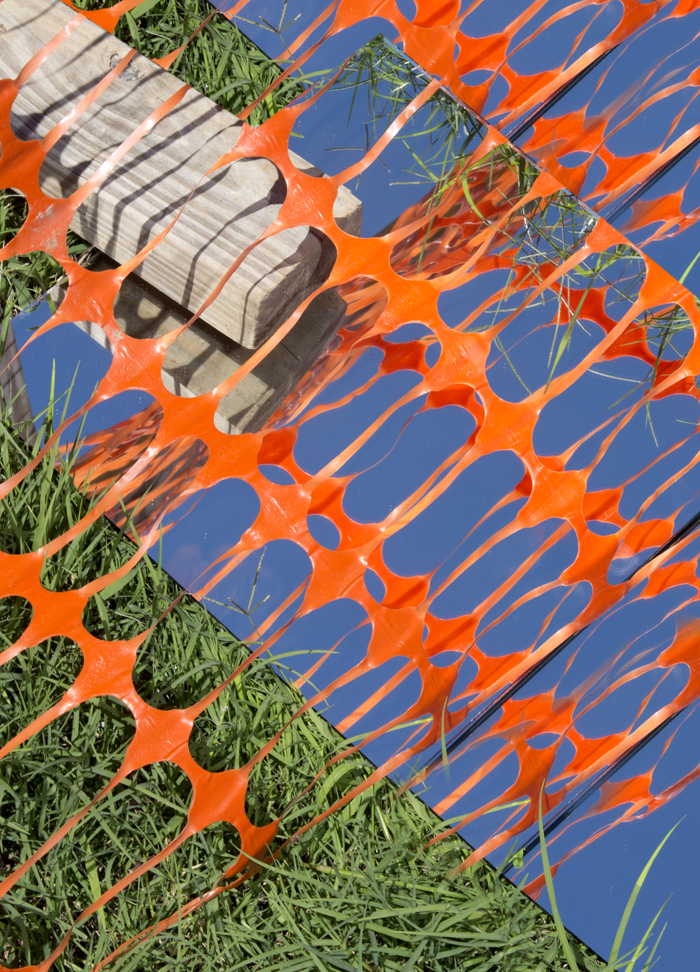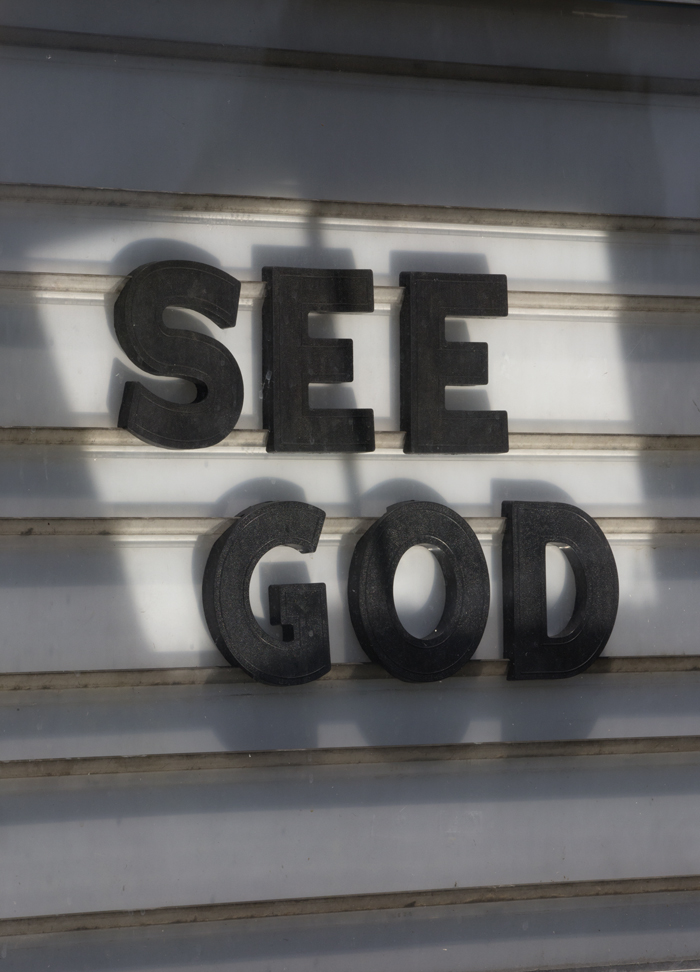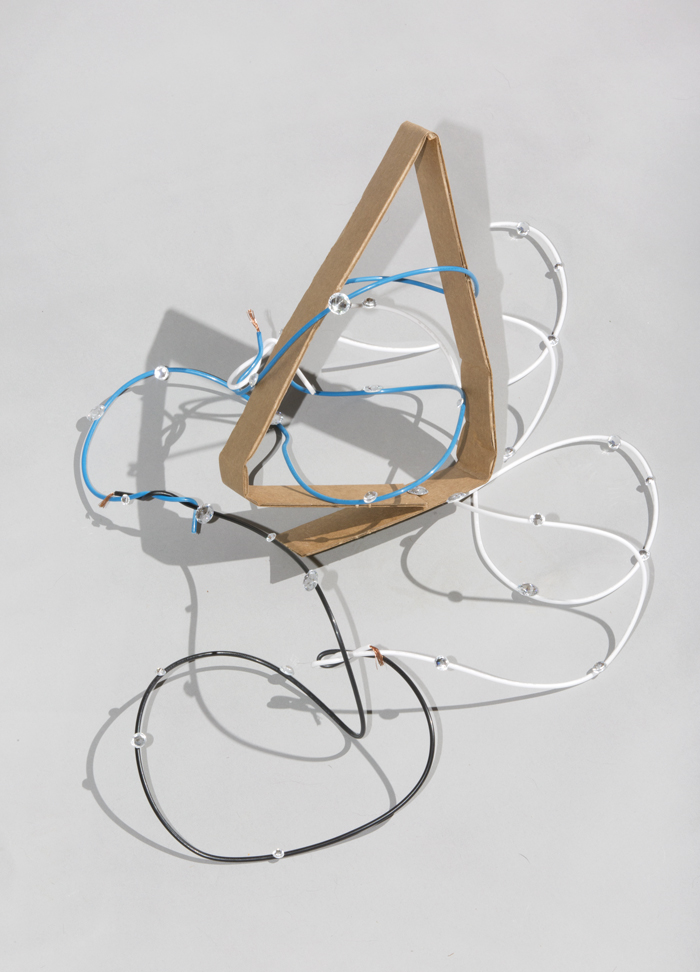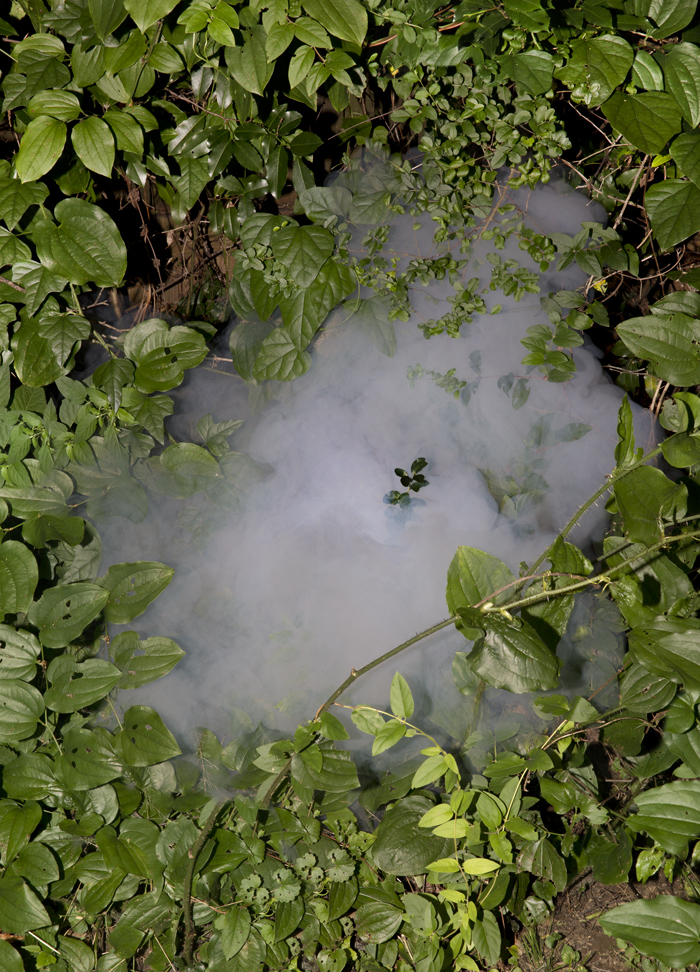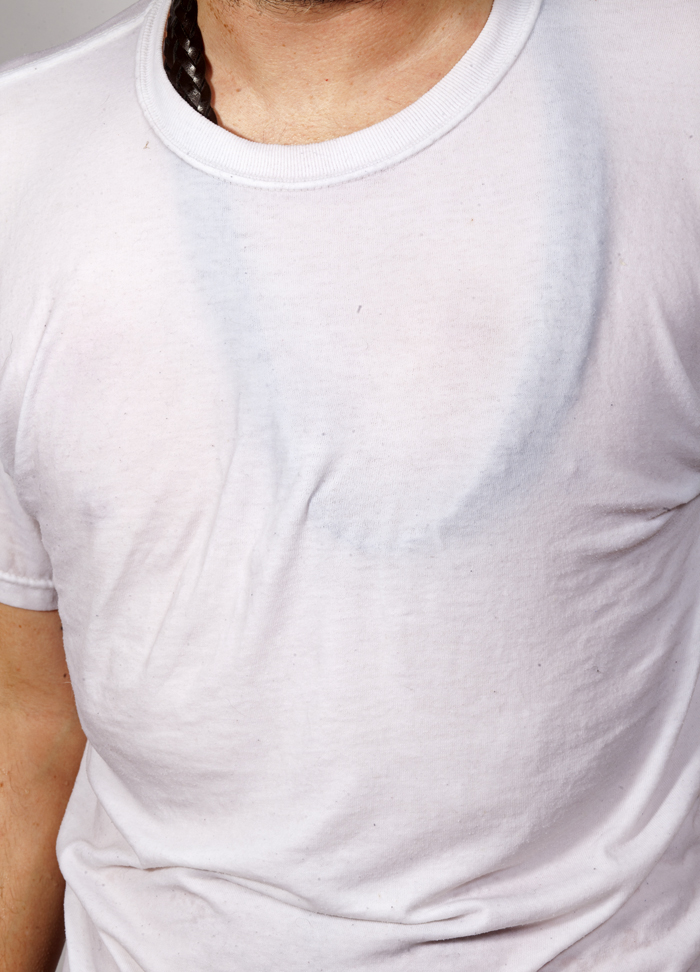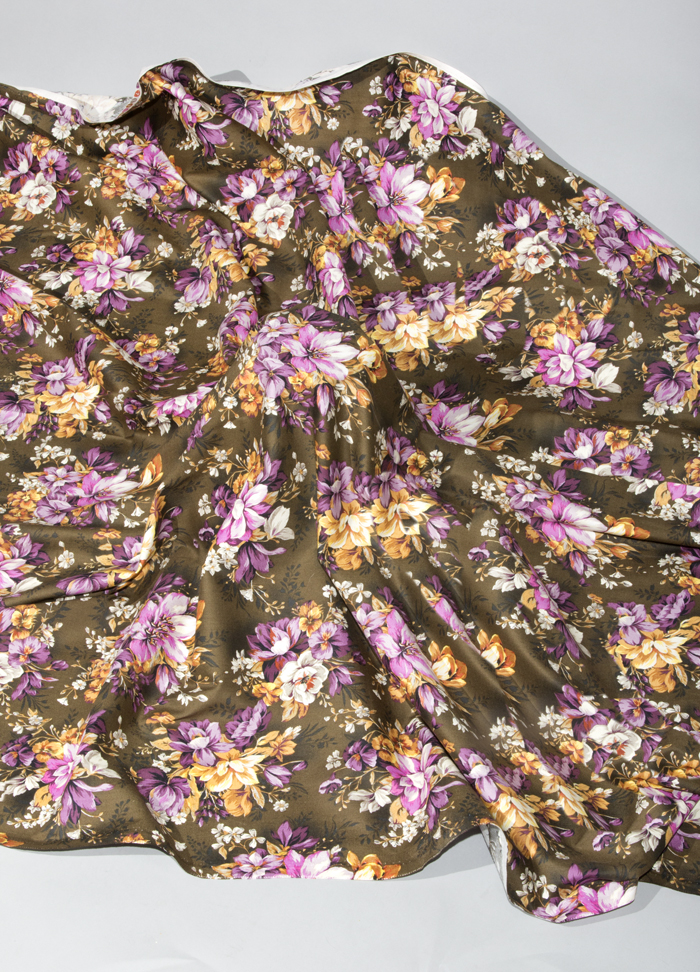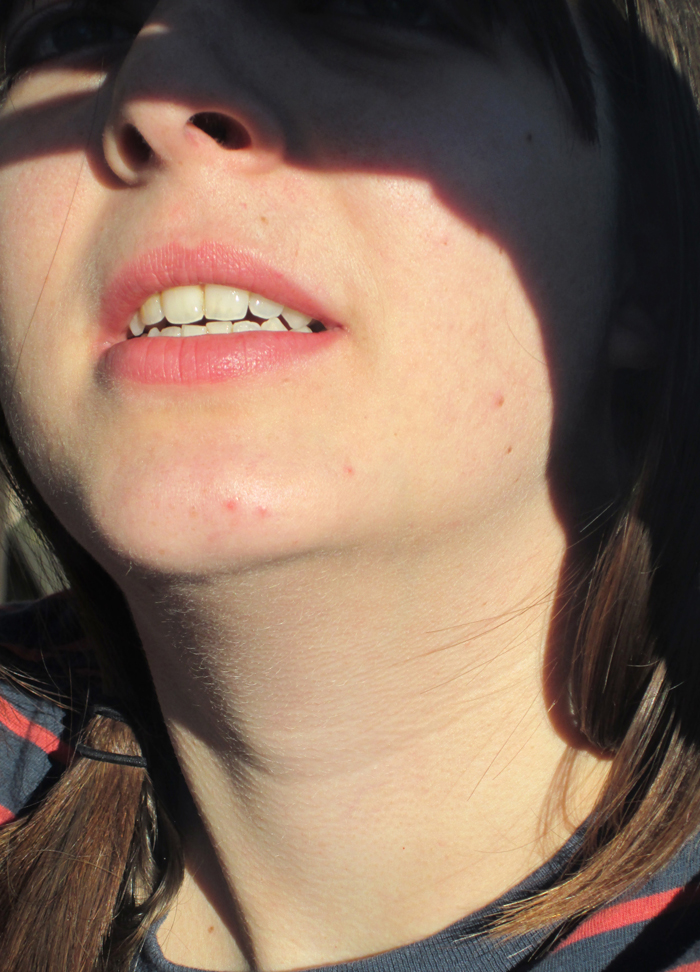Interview: Josh Anderson
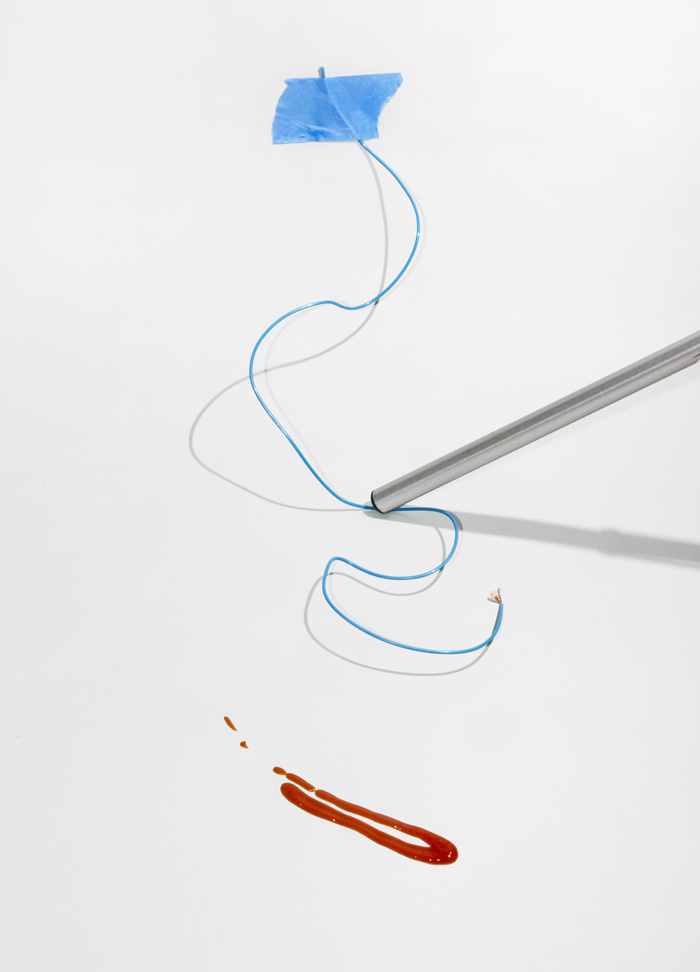
Josh Anderson is a photographer based in Cincinnati OH, USA. Coming from a photojournalism background, Josh has delved into the world of indirect narrative, mixing the current still life trend with subtly manipulated portraits to form the evolving body of work called Wave. For many artists, the pursuit of a new ideology and approach stems from a dark place, and Wave is no exception. Wave is deceptively benign in it’s appearance, yet thematically it explores a personal tale of death, suffocation and discomfort. Much of the inspiration from which Josh attributes to his series comes from forums on suicide. Josh digital manipulates his photos to unnerve the audience replicating the lingering disquiet within. The portraits reveal faces of the worried, tired or vague. Josh explains Wave as a work of ‘perceptions’, life as a series of perceptions, relaying it in a work of visual misconceptions, moving away from reportage to a personal journey shared.
So how fresh is the series Wave?
I’m still working on it right now; I’m working on a book. I contacted Conveyor, from Jersey. They do a lot of really interesting types of publishing and book layouts. I didn’t contact them to necessarily publish it for me, but to possibly have it printed through them; it seems like they have some really interesting ideas. I don’t think I want it to be like a zine, Id like it to be a book with some sort of nod to the style of the photos, design wise. Maybe Ill print the cover upside down so the front of the book is actually the back and the back is the front.
Do you collect photo books?
Yeah totally; recently I really like Strange Paradise by Charlie Rubin, and I just bought Fruit Salad from Bronze Age Editions; it’s like this hodge podge of weird stuff that Bronze Age put together. Lucas Blalock is in there, Justin Bailey…. a few people I’ve never heard of as well. Jason Fulford’s book Hotel Oracle is amazing. One book that I’ve always liked and end up going back to a lot is Taryn Simons American Index of the Hidden and Unfamiliar. Sara Cwynar’s Kitsch Encyclopedia is great. There’s so many. I also just bought Lucas Blalock’s book, Windows, Mirrors and Tabletops, although that is lost in shipping.
Yeah I’m obsessed with one of Lucas’s photos, the red and white stripped one, there are so many dimensions to it.
Yeah I’m inspired by his work a lot; it’s very relevant to what I want to do right now, the way he uses Photoshop to give his photos an extra dimension. I have recently been inspired by that kind of work. 2 different camps interest me; I mean, like Taryn Simon, who does American Index of the Hidden Unfamiliar; it’s sort of nerdy. I like nerdy stuff. The images themselves are really straightforward, but the body as a whole has a lot of weight. There is a lot of thought and research that goes into her work. I like photos that might be overlooked because they don’t seem to have anything happening, but under the surface, they’re incredibly deep. The other camp is someone like Blalock who has a whole lot going on initially. His images may not be as research based but they definitely have purpose. I think I’m trying to find somewhere in the middle of that.
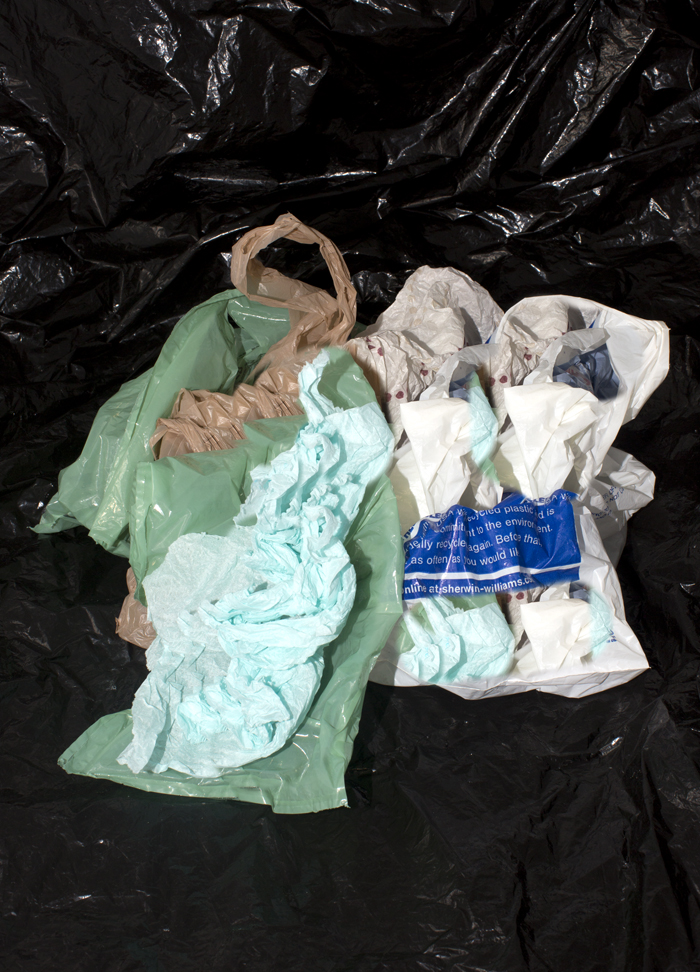
Do you aspire to have a more direct, blunt approach to you work?
Aesthetically, yes. I have a photojournalism background and I went to school for a mix of fine art photography and photojournalism. Ultimately I followed photojournalism; I felt it was an easier way to make a living. The thing with photojournalism is the narrative, more so than documentary or something like what Taryn Simon does, it has to be a pretty obvious narrative. The entire story needs to be told in one picture. It has to be overly informational and obvious. You aren’t really allowed to make interpretations of situations or imply what the narrative is; you have to tell it in a very straightforward way. Interpretation isn’t the job of a journalist; you are there to record the facts. It’s an incredibly important job and I respect the people in the industry immensely, I just got to the point where I kept feeling like that way of working wasn’t really for me. I wanted to make more interpretive work that maybe meanders along in the process of telling the story and isn’t entirely understood. Something that ultimately is more about asking viewers questions instead of telling them the answers.
With my project Wave, I want to try mess with the idea of perception, looking at something and wondering if you can trust it. Mixing pictures that are manipulated with those that are untouched, so as you are going through it, by the time you sort of see something, you’re not sure what is true or false. I think that comes from my experience in the photojournalism world, having to be so honest with your pictures all the time… getting to a point where you think, ‘I don’t necessarily want to be dishonest’, but I want to have the freedom to convey these things in a more creative or complex way.
What were you trying to convey with your project Wave, have you taken your photojournalistic method of narrative and used a different approach? Or is there no narrative?
What I want to convey with Wave is a feeling of being uncomfortable and skeptical. Maybe even paranoia. Where things are happening that you don’t notice right away, but once you do notice something in one of the images, you start to feel like maybe it’s happening in all of the images. It’s not necessarily a narrative that I wanted to tell so much as a feeling I wanted to share.
I worked on this project called Thin Air, which is a narrative based project and its theme is a little more concrete; it’s about inventors. So Tennessee is typically depicted as this redneck kind of place, in the media etc. I wanted to do something the exact opposite. I thought, ‘how can I make Tennessee look smarter?’ Tennessee was home to the Oak Ridge National Laboratory, where they enriched the uranium to produce the bomb that dropped on Hiroshima.
I always wanted to do something with that but it seemed like such an obvious project to work on. So I wanted to work on a project centred around that, with different elements to it. I started working on things that were invented in Tennessee; I went to inventors meetings and I started photographing patent lawyers, inventors etc. Photographing everything from cotton candy to Mountain Dew to tow trucks, all of which were invented in Tennessee.
I’m still figuring out what to do with the series, I’ve shot a lot for it, but I haven’t done much with it yet. I feel that it is still narrative based and I want to keep pushing further and further away from that idea. I like it, but the fact that it’s still attached to the photojournalism world that I used to do, I was less excited by it. I started to add elements of still life and I realised those were the kind of pictures I wanted to do.
With past projects, I was taking a picture as opposed to making a picture. I think, at this point, I would really rather engineer my own work. With Wave, I would be getting up everyday and making photos; at first it was a lot like stabbing in the dark, but eventually throughout the day I would hone it into the picture I would want it to be.
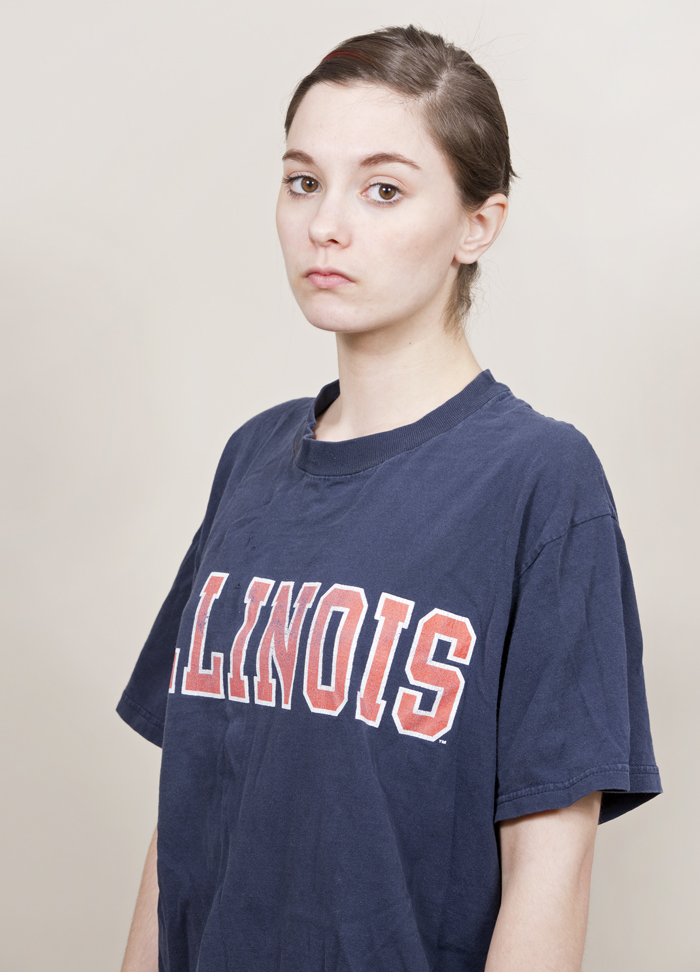
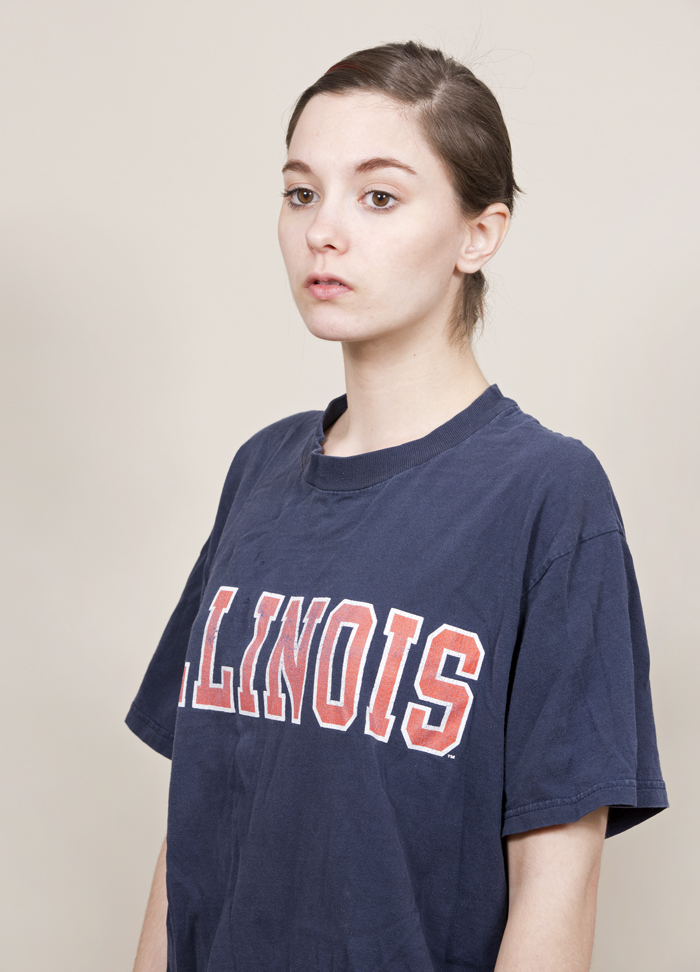
Is there content behind the still life, or is it just to create a beautiful image? How does it tie in with the body of work?
I think the themes that I wanted to use – perception and wariness; an uneasy kind of feeling, I think that ties in with the portraits; everyone looks sort of worried. When you are looking at the pictures you ideally don’t notice things about them straight away, you overlook what has been done with it, and you take a second look to realise the different elements to the photo. The whole thing becomes extrapolated and eventually has meaning.
Have the portraits been manipulated to be visually deceptive?
It’s a mix; some have, some haven’t. Normally, Photoshop work is kind of hidden; it’s meant to enhance the photo and not be seen. I want to take it further, so that it’s not hidden in the way it is with commercial and fashion photography, but it still doesn’t take centre stage.
I’ve been working on this since June 2013. In a broad way it’s about suicide. Not really a literal story about the actual gruesome act or about social awareness, but all the things you feel during that time. For a while I would research message boards of people contemplating suicide; it was pretty fucked up. I came up with the ideas for most of the pictures from those message board conversations. People would post in these forums basically asking if they should kill themselves, looking to see if other people felt like their life situation warranted death. They were obviously looking for help, but being the internet, their life or death questions were met with a lot of apathy and even disdain. Users would post, saying they were going to jump off a building at a construction site or something, maybe make a toxic gas to asphyxiate themselves. Some people might react with the obvious reaction of fear or urgency, others would just dare them to do it. It was sad, and I ended up in those places for the same reason as most of the people on there. Along the way I thought about how this was such a dark and somewhat little known place on the web. I’m big on trying to turn negativity into something constructive and I guess that’s what saved me. So I started making images of the conversations. They are purposely vague and unidentified, but I hope the innocence, fragility and confusion comes across in them. There are a few left that I haven’t made yet but I have very specific ideas for those and it’s just a matter of making them.
I hope to convey a subtle dread or darkness that’s outwardly masked by colourful pictures and contemporary aesthetics. Most of the images get some kind treatment or are altered in some way. They are supposed to be visual misconceptions. Some of them are Photoshopped and some are done in the process of making the actual image. Some are supposed to almost look Photoshopped, but aren’t. But nothing should look resolved or entirely understandable. Even making slight alterations is an attempt to try and unnerve the image.
Even though this is what the book is actually about, I don’t think its supposed to be explained but more experienced. Ideally people will relate to it in their own way without being told how to feel or what to think. Journalism was always about explaining and reporting a situation. I want this to be more about sharing.
I understand that everyone’s experience with the subject of death and suicide is likely varied. Some people are able to move on from something like that and others aren’t; both are totally understandable. Losing someone you love is incredibly difficult and if you ever think someone is capitalising from it then there is bound to be some outrage. I’ve lost people very close to me, and I’ve had my own brush with suicide, and if I ever thought someone was trying to say they understood it, but never experienced it, I would naturally feel offended. But I have experienced this, I have felt it, and this is my interpretation of that experience. That being said, I didn’t want to call the work ‘Suicide, a story about Josh Anderson’. Again, it’s not about me telling my life story or whatever, I just want the work to quietly convey some of those things I felt.
